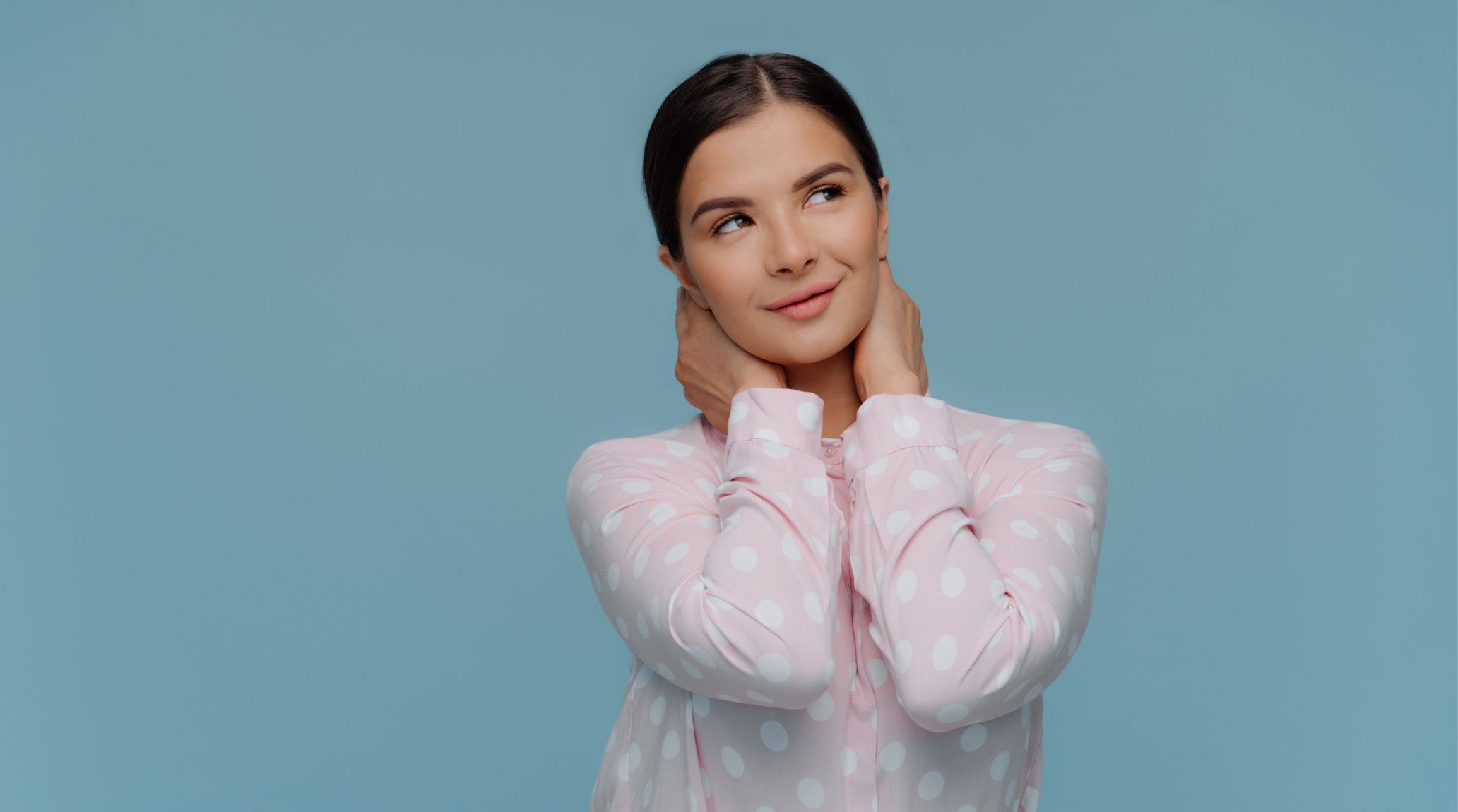
“
Greetings, curious learners! Get ready to explore the fascinating facts about necks. Have you ever wondered how you're able to turn your head, nod, or even swallow your food? Your neck is like a super connector that links your head to your body, making it possible for you to do all these amazing things and more. From holding up your head (which is as heavy as a bowling ball!) to housing important tubes like the windpipe and esophagus, your neck plays a crucial role in everyday activities you might not even notice. Let's dive in and explore the fascinating facts and functions of this incredible part of your body!1
1
”
The human neck evolved to support a more upright posture and enhance vision. This evolutionary adaptation allowed early humans to see greater distances, which significantly improved their ability to detect predators and spot prey, aiding survival.1
On October 19, 2013, Eric Todd lifted 453.59 kg (1,000 lb) with his neck in Turney, Missouri. Inspired by a previous record-holder, Frank Ciavattone, Eric surpassed Frank’s long-standing record by applying and succeeding.2

The longest human necks are among the Padaung (Kayan) tribe women in Thailand and Myanmar, who use heavy brass rings to elongate their necks. A 2018 study found these rings can extend the neck to 19.7 cm (7.75 in).

In boys and men, Adam's apple is a noticeable feature in the throat, formed by the angle of the thyroid cartilage that surrounds the larynx, or voice box. This prominence becomes more visible during puberty and contributes to the distinctive shape of the neck.
Hummingbirds have short, flexible necks that enable them to hover while feeding from flowers. Their necks can rotate nearly 180 degrees, which helps them access nectar from various angles and supports their distinctive hovering and agile flying capabilities.3
Your neck contains seven vertebrae stacked like building blocks, providing both structure and flexibility. These bones enable a wide range of head movements, allowing you to turn, tilt, and flex your head in various directions.4
The earliest known neck surgery dates back to ancient India around 600 BCE. Sushruta described techniques for treating neck injuries and tumors, using surgical instruments and sutures. His methods laid foundational principles for early reconstructive and medical practices.5
The voice box, or larynx, located in your neck, is crucial for sound production. It helps you talk, sing, and produce a range of vocalizations by vibrating air passing through, making it essential for communication and expression.6

Dmytro Hrunskyi from Ukraine set the record for the heaviest vehicle pulled by the neck, achieving a 7,760 kg truck over 5 meters in 16 seconds on November 16, 2023. He dedicates this feat to his home country, Ukraine.
The neck offers an impressive range of motion, including rotation, tilting, and flexing. This flexibility allows us to look in various directions and perform tasks easily, enhancing our ability to interact with our environment effectively.7
Advanced neck braces with built-in sensors help with rehabilitation by tracking your posture and movement. They give you real-time feedback, which supports injury recovery and improves overall ergonomics.8

Giraffes have the longest necks of any land animal, stretching up to 6 feet. Remarkably, they have only seven vertebrae, similar to humans, but each vertebra is significantly longer. This unique adaptation supports their towering height and helps them reach high foliage.
Frequent poor posture, such as looking down at screens, can cause neck strain and discomfort. This common issue, known as "text neck," can be alleviated by maintaining proper posture and taking regular breaks.9
On October 23, 2019, Vispy Kharadi from India set a remarkable record by bending 21 iron bars with his neck in just one minute. A martial arts expert and certified strength coach, he also operates his own health club.10
Stretching exercises can enhance neck flexibility and reduce tension. Regular stretching helps prevent stiffness and maintains a healthy range of motion, which is essential for overall neck health and comfort.11


